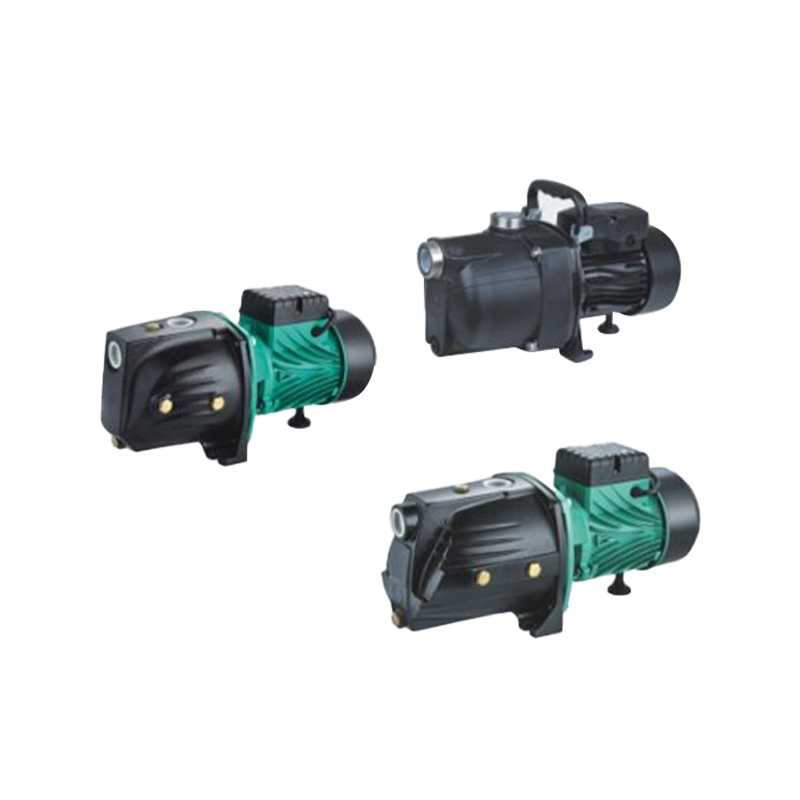High-quality Waterproof Submersible Pump
Our high-quality waterproof submersible pump is a versatile and essent...

Peripheral pumps, including the Peripheral Booster Pump, Peripheral Flow Pump, and Self-Priming Peripheral Pump, have become a preferred choice for a wide range of low to medium flow applications. These pumps are known for their efficiency, compact design, and versatility. By understanding the unique characteristics of these pumps, we can see why they are so effective in specific settings, such as domestic water supply, irrigation systems, and light industrial applications.
The Peripheral Booster Pump is particularly well-suited for applications where moderate pressure and flow rates are needed. These pumps are often used in systems where water needs to be distributed to a higher elevation or over a short distance. The compact design of the Peripheral Booster Pump allows for easy integration into existing systems, making them a go-to solution for enhancing pressure in water distribution systems without requiring large, cumbersome equipment. The Peripheral Booster Pump works by using an impeller with a small diameter and multiple curved blades, which generates the necessary pressure for low to medium flow rates. This mechanism allows the pump to handle varying water demands efficiently, offering reliable performance for both residential and small commercial use.
The Peripheral Flow Pump operates in a similar manner but is designed specifically for applications requiring consistent flow rates, often with lower pressure. While the Peripheral Booster Pump is ideal for pressure-boosting applications, the Peripheral Flow Pump excels in situations where water needs to be moved steadily across a distance without the need for high-pressure output. This makes the Peripheral Flow Pump useful in irrigation systems, garden watering, and even some cooling systems where maintaining a steady flow of water is more important than high pressure. Due to their simple design and ease of maintenance, Peripheral Flow Pumps are both cost-effective and reliable, which makes them a common choice in low-pressure water systems.
Self-Priming Peripheral Pump combines the benefits of self-priming technology with the compact, efficient design of peripheral pumps. Self-Priming Peripheral Pumps can handle applications where water sources may not always be readily available or where water needs to be drawn from a certain depth. This pump type is especially effective in situations where the system must start automatically without the need for manual priming, making it ideal for residential water systems or small agricultural setups. The self-priming capability ensures that the pump can start even if the intake is initially dry, which is a significant advantage in areas with fluctuating water levels or inconsistent water supply.
The key to the effectiveness of all Peripheral Pumps lies in their ability to handle low to medium flow applications efficiently. These pumps are designed with a relatively small impeller, which provides sufficient pressure for moderate flow without requiring excessive energy consumption. As a result, Peripheral Pumps are often more energy-efficient than larger centrifugal pumps or other high-flow systems. This makes them a great choice for users who need a reliable, cost-effective solution for smaller applications.
Additionally, Peripheral Pumps are valued for their simplicity and durability. They typically have fewer moving parts than other types of pumps, which reduces the likelihood of breakdowns and makes them easier to maintain. For example, the Self-Priming Peripheral Pump requires less maintenance compared to traditional centrifugal pumps, as it does not require manual priming or complex mechanical adjustments. This ease of use and maintenance is particularly important in residential or small commercial systems where pump reliability is crucial.